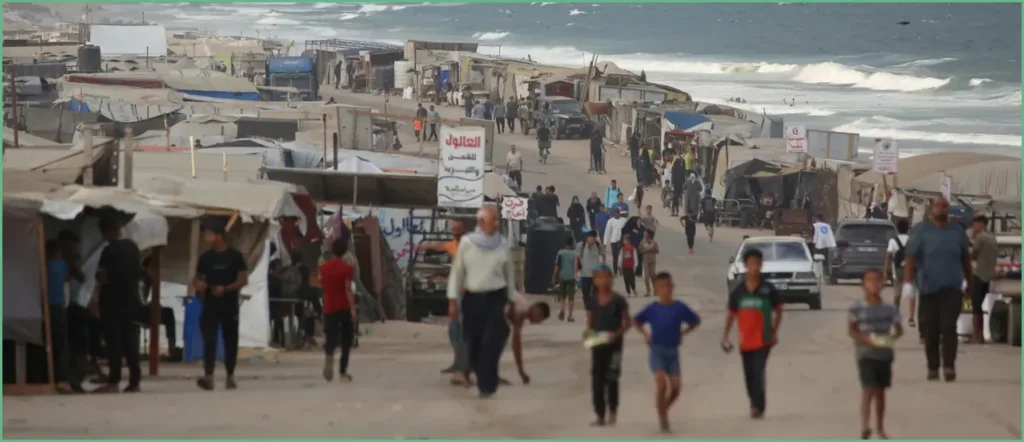U.S. Sending About 200 Troops to Israel to Monitor Gaza Ceasefire, Report Says
The U.S. is sending roughly 200 troops to Israel to help monitor a ceasefire with Hamas, officials say. The small, mission-focused force will staff a civil-military coordination center intended to speed humanitarian aid and manage logistics. This move puts American expertise where it can protect civilians and push the process forward.
President Donald Trump announced Wednesday on Truth Social that Israel and Hamas had agreed to the first phase of a U.S.-backed peace plan. The administration is treating the deal as a step-by-step roadmap with clear milestones tied to hostage releases. Republican leaders see it as practical diplomacy that leverages American influence for results.
The roughly 200 service members assigned to the center will specialize in transportation, planning, security, logistics and engineering. The unit will operate from inside Israel and no U.S. troops will deploy into Gaza. Partner nations are slated to contribute personnel, which spreads responsibility and strengthens the mission.
CENTCOM will run the hub to coordinate aid deliveries, organize secure routes and help rebuild vital infrastructure. The aim is to get supplies moving fast into Gaza without putting U.S. forces in direct combat. That limited, technical footprint is meant to balance help with caution.
Israel’s cabinet approved the framework, and the Israeli military is expected to withdraw to an agreed line inside Gaza. That withdrawal is slated to take less than 24 hours, after which Hamas would have 72 hours to release hostages under the first-phase terms. It’s a tight timetable designed to produce quick, measurable results.
“The government has just now approved the framework for the release of all of the hostages – the living and the deceased,” Israeli Prime Minister Netanyahu’s X account in response to the approval. His statement underlines the political pressure to deliver on commitments and to free those held by Hamas. That pressure hits both political and military channels, reinforcing the urgency.
Numbers are still being confirmed, but current tallies put 26 hostages presumed dead, 20 alive and two unaccounted for. Every life back matters, and the tight monitoring role gives the U.S. a focal point to push for accountable transfers. Families and the public will be watching how quickly promises turn into action.
Trump told Fox News that remaining hostages held by Hamas, both dead and alive, will “probably” be released by Monday. That optimistic timeline reflects the administration’s confidence and the leverage built into the deal. Republicans argue the President’s pressure diplomacy paved the way for this moment.
The presence is deliberately limited, focused on logistics and oversight rather than boots-on-the-ground combat. Including allied militaries and civil-military experts helps legitimize operations and reduces risk to U.S. personnel. Military planners remain cautious, ready to adjust if the ground picture changes.
Teams will immediately focus on securing supply lines, coordinating engineering support and establishing reliable distribution points for aid. Diplomats are already at work to lock in follow-up phases and keep momentum toward broader resolutions. The next 72 hours will show whether the first phase holds and whether this approach can deliver results.
Planners say the teams will map routes, vet local partners, and coordinate with NGOs to get aid into hard-hit neighborhoods. Engineers will assess bridges, water systems and power lines to prioritize repairs. Operations will start as soon as secure corridors are confirmed.
The government has just now approved the framework for the release of all of the hostages – the living and the deceased.
— Prime Minister of Israel (@IsraeliPM) October 9, 2025
